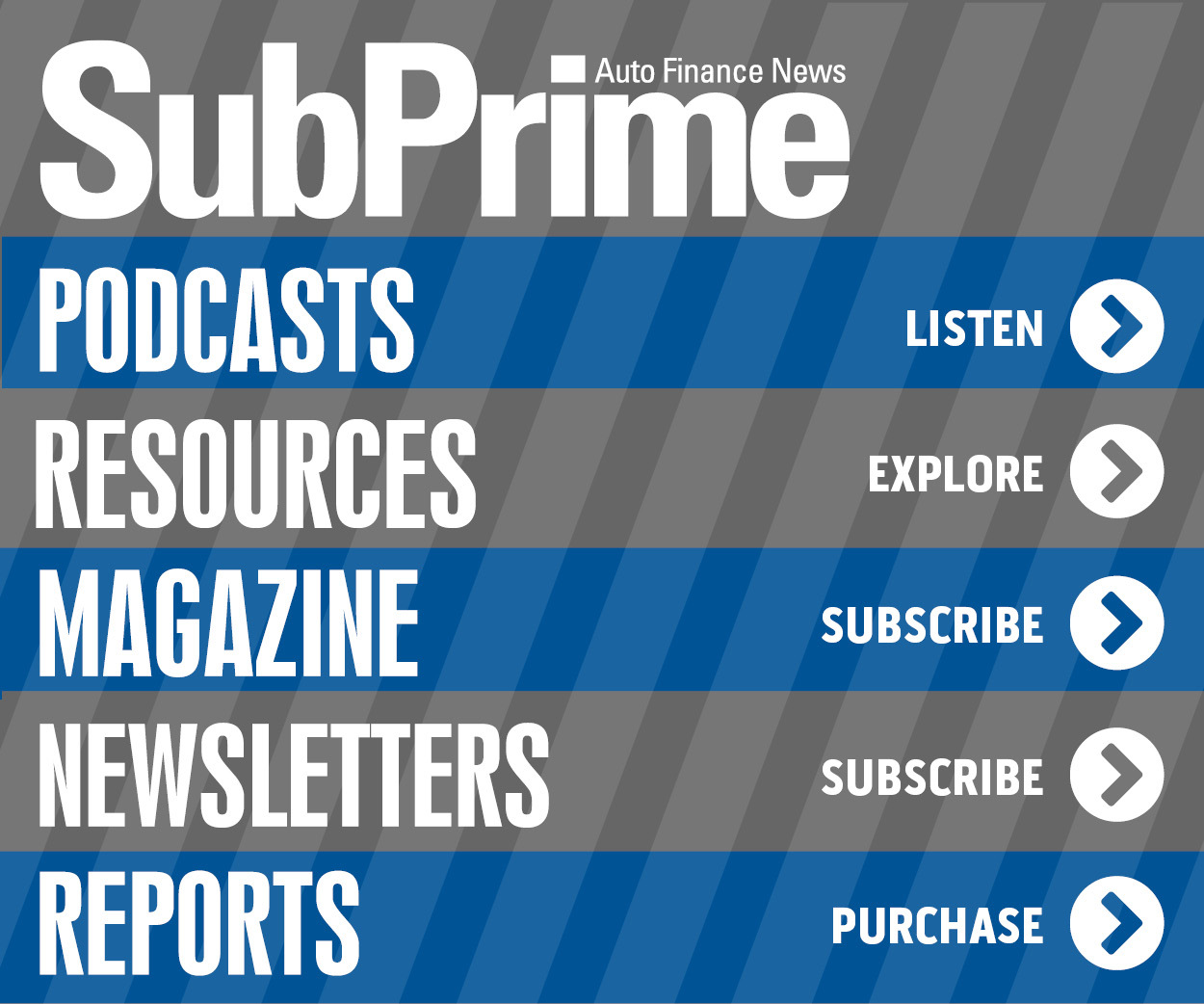Weltman, Weinberg & Reis tackles challenges of subrogation & bankruptcy

By subscribing, you agree to receive communications from Auto Remarketing and our partners in accordance with our Privacy Policy. We may share your information with select partners and sponsors who may contact you about their products and services. You may unsubscribe at any time.
Two legal experts from Weltman, Weinberg & Reis tackled one of the most complex situations that auto finance companies and insurance providers might ever face. That’s when subrogation recovery intersects with a bankruptcy case, triggering even more questions that need to be answered.
The firm’s Ted Traut — a shareholder, the Cleveland office managing attorney and subrogation group chair — and Philadelphia office managing attorney Cameron Deane recently tried to answer some of those questions, beginning first by explaining what subrogation is.
Noting that these cases are common in the automotive industry, Traut and Deane wrote in a firm blog post that, “Subrogation is a legal right held by parties such as insurance carriers, that allow them to legally pursue damages against the party that caused a loss to their insured. In many subrogation cases, an individual’s insurance company pays the individual on the claim for losses directly, and will then seek reimbursement from the ‘at-fault’ party’s insurance company.
Next, Traut and Deane explained how an automatic stay can impact subrogation cases.
“When a debtor files for bankruptcy, the automatic stay halts all collection efforts, including subrogation claims. You also cannot send a demand letter or pursue post-judgment activity, such as driver’s license suspension, bank attachment, wage garnishment, etc., once the bankruptcy petition is filed,” they wrote.
“Collection efforts cannot resume until the stay is lifted, such as when is dismissed or discharged, or after request is made to the bankruptcy court,” Traut and Deane continued.
Subscribe to Auto Remarketing to stay informed and stay ahead.
By subscribing, you agree to receive communications from Auto Remarketing and our partners in accordance with our Privacy Policy. We may share your information with select partners and sponsors who may contact you about their products and services. You may unsubscribe at any time.
Once that stay status is changed, that’s when even more questions and challenges can surface. So, Traut and Deane hosted a webinar organized to help creditors, claims professionals and legal practitioners with actionable guidance on protecting recovery rights when pursuing subrogation.
The webinar is available here.


